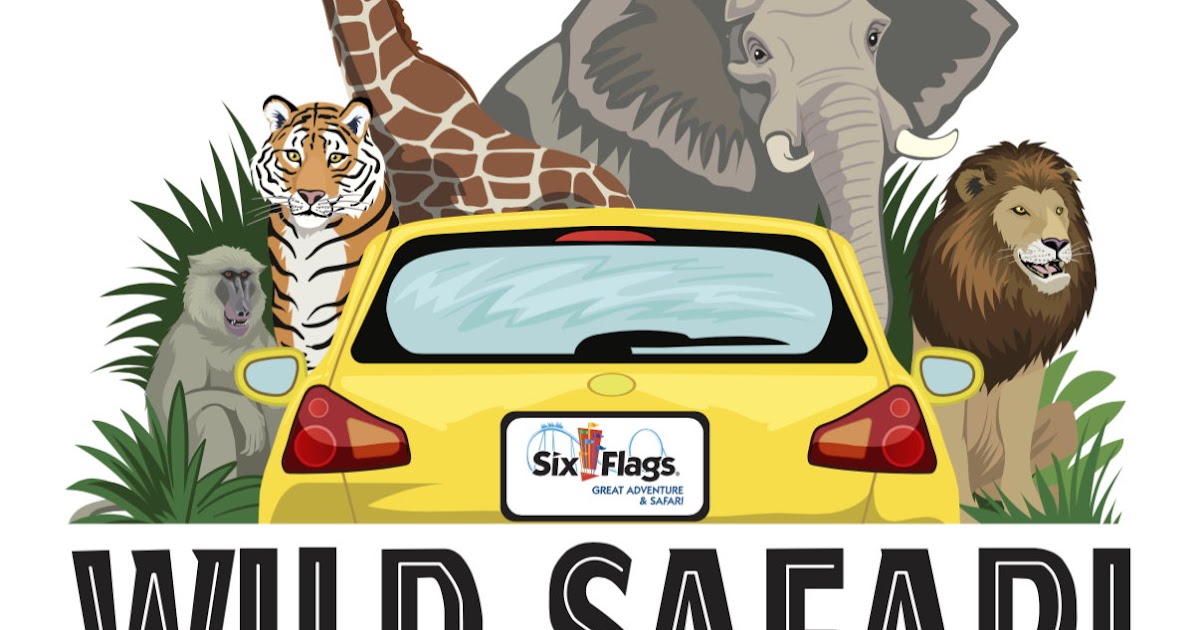

Longleat, Windsor, Woburn and arguably the whole concept of safari parks were the brainchild of Jimmy Chipperfield (1912–1990), former co-director of Chipperfield's Circus, although a similar concept is explored as a plot device in Angus Wilson's " The Old Men at the Zoo" which was published five years before Chipperfield set up Longleat. The first drive-through safari park outside of Africa opened in 1966 at Longleat in Wiltshire, England. In double-glazed buses, visitors made a tour through a one-hectare enclosure with twelve African lions. The first lion drive-through opened in 1963 in Tama Zoological Park in Tokyo. The predecessor of safari parks is Africa U.S.A. Giraffes being fed by visitors in the West Midland Safari Park, England On river safari areas, there may be islands with primates Longleat keeps gorillas and colobus monkeys on their islands, which used to house chimpanzees and siamang gibbons African Lion Safari in Canada has black-and-white ruffed lemurs, ring-tailed lemurs, white-handed gibbons, siamang, Colombian spider monkeys, black-handed spider monkeys, pink-backed pelicans and black swans in the waters. These are commonly found in the walk-around area. Safari parks often have other associated tourist attractions: golf courses, carnival rides, cafes/ restaurants, ridable miniature railways, boat trips to see aquatic animals like sea lions, life-sized recreations of dinosaurs and other prehistoric animals, plant mazes, playgrounds, monorails, cable cars and gift shops. The Knowsley Safari in England keeps Siberian tigers and giraffes in their walking area.


There can be walk-through exhibits with animals like kangaroos, lemurs and wallabies. Besides animals, in the walk-round area there are public facilities like toilets, snack bars and cafes, play areas and sometimes amusement rides. Some also have children's zoos, aquariums, butterfly houses and reptile and insect houses. Most safari parks have a "walk-around" area with animals too small or too dangerous to roam freely in the reserves, like tapirs, small birds, small antelope, squirrel monkeys, penguins, marmosets, tamarins, mongoose, meerkats, lemurs, wallabies, gorillas, reptiles, hornbills, chimpanzees, capybara, llamas, emus, red pandas, snow leopards, otters and warthogs. The main attractions are frequently large animals from Sub-Saharan Africa which people can see in wildlife reserves such as giraffes, lions, white lions, rhinoceros, elephants, hippopotamus, zebras, ostriches, African buffalo, oryx, sometimes dromedary camels, pelicans, ibis, Ankole cattle, cheetahs, hyenas, baboons, African wild dogs, Barbary sheep, addax, crowned cranes, Egyptian geese, white storks, bongo, crocodiles (in a side paddock), Nubian ibex, sitatunga, gemsbok and antelope ( eland, lechwe, wildebeest, nyala, impala, waterbuck, sable antelope, kudu and roan antelope just to name a few).Īlso in the reserves are animals not from Africa: Asian species include gaur, nilgai, blackbuck, banteng, sambar deer, hog deer, yaks, tigers, white tigers, Asiatic black bears, Eld's deer, chital, barasingha, painted storks and Bactrian camels American species include American black bears, brown bears, wolves, American bison, elk, Arctic wolves, llamas, guanacos, rheas and white-tailed deer Australian species include kangaroos, wallabies and emus European species include European bison, brown bears, wolves, fallow deer, red deer and moose. ( November 2020) ( Learn how and when to remove this template message) Unsourced material may be challenged and removed. Please help improve this section by adding citations to reliable sources.


 0 kommentar(er)
0 kommentar(er)
